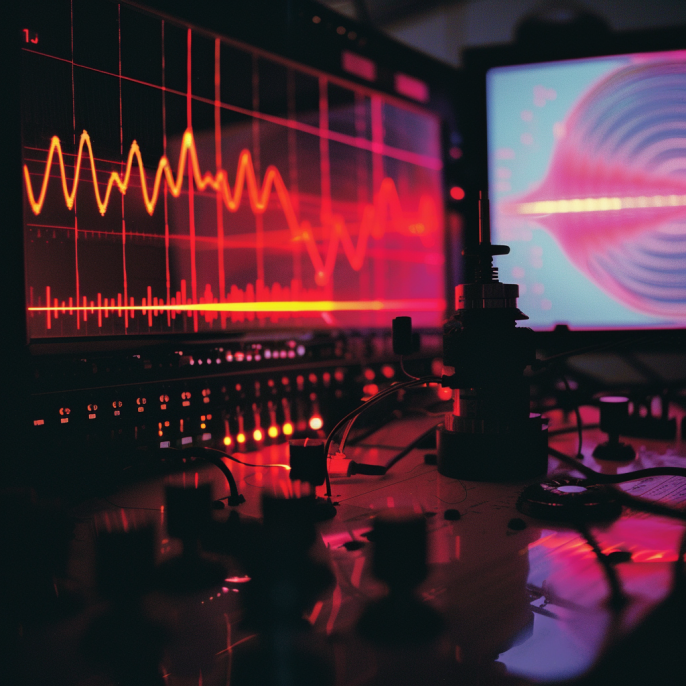
Decoding the Decibels: A Deep Dive into Radio Frequency Levels
Introduction
In the world of radio frequency (RF) communications, understanding the nuances of dB (decibel) levels is crucial for both professionals and enthusiasts. This blog post offers a comprehensive exploration of decibels in the RF domain, shedding light on why they are important, how they are calculated, and their impact on signal strength and communication quality.

What is a Decibel?
A decibel (dB) is a unit of measurement used to express the ratio of one value of a physical property to another on a logarithmic scale. In terms of RF, dB levels measure the power of a signal as compared to a reference level. This logarithmic nature allows for a wide range of powers to be represented in a manageable format, making it easier to work with numbers that can vary by the billions.
The Relevance of Decibels in Radio Frequencies
Decibels are pivotal in RF because they provide a clear measure of signal power changes in response to various factors like distance, interference, and transmission mediums. This measurement is essential for designing and troubleshooting communication systems, as it helps in assessing the effectiveness of signal transmission and reception.
Understanding dB Scales: dBm and dBW
• dBm: This is an absolute unit of power measured relative to 1 milliwatt (mW). For instance, 0 dBm equals 1 mW of power, while 30 dBm equals 1 watt (W).
• dBW: Similar to dBm but measured relative to 1 watt. Thus, 0 dBW is equivalent to 1 W of power. The dBm and dBW scales are interchangeable, with a fixed offset (30 dB).

Calculating Signal Strength and Loss
The dB scale is particularly useful in calculating signal strength and loss in RF communications. Signal loss, or attenuation, often occurs due to the transmission medium (air, fiber, etc.) or obstructions. Signal strength, on the other hand, may be boosted using amplifiers. The formula for calculating dB changes in power is:
\text{dB} = 10 \times \log_{10}\left(\frac{P_1}{P_2}\right)
where P_1 and P_2 are the power levels before and after the signal travels through a medium or an amplifier.
Practical Applications of dB in RF Systems
In practical RF applications, understanding dB levels helps in:
• System Design: Engineers can predict the required power output of transmitters and the sensitivity of receivers.
• Troubleshooting: Identifying points of significant power loss can indicate hardware failures or suboptimal system designs.
• Optimization: Adjusting the dB levels can optimize the balance between power consumption and signal clarity.

Case Study: Enhancing Emergency Response Communications
Consider the scenario where emergency responders rely on clear communication channels during a crisis. By analyzing dB levels, technicians can ensure that communication devices maintain optimal power output and overcome environmental interference, thereby ensuring reliable communication when it matters most.
Conclusion
Mastering the concept of dB levels in RF is essential for anyone involved in the setup, maintenance, or optimization of radio communication systems. Whether you are a seasoned engineer or an RF hobbyist, the ability to calculate and interpret dB values is a fundamental skill that enhances your understanding and capabilities in the field of radio frequencies.

Further Reading
For those interested in delving deeper, exploring texts on electromagnetic theory and telecommunications engineering can provide more detailed insights into the mathematical and technical underpinnings of dB calculations and their applications in real-world scenarios.



